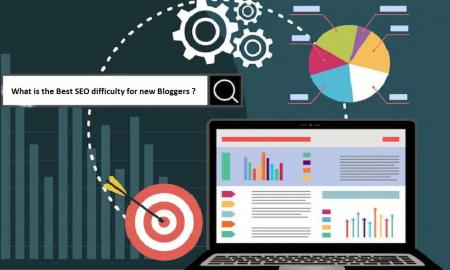It’s a common scenario: businesses spend thousands of dollars and hundreds of hours putting together what they expect is a functional, professional-grade website, only to hit the launch button and stare at a wasteland. Nobody even stops by to use the virtual restroom.
If you’re facing this frustrating — make that infuriating — problem, then the painful truth could be that your business website is broken. Obviously, that’s not what you want to hear. But much like a doctor who has some unsettling news, or a car mechanic who returns from a diagnostic inspection looking as grim as an undertaker, sometimes the truth is the truth. Sugar coating it doesn’t do you any good. In fact, it keeps you from realizing that the status quo isn’t cutting it anymore.
That means fixing your broken website must be a top priority. It also means — and this will hopefully cheer things up and keep you from using any NSFW terms as you read the rest of this article — that the road ahead is probably easier, faster, and less costly than you realize.
While your website needs to be examined by a professional — just as your body needs to be examined by a doctor and your car by a mechanic — generally speaking, here are the three biggest problems with bad business websites.
1. Too Much Information (TMI)
Educating your visitors is necessary and appreciated. But obliging them to read a 150-page ebook or a series of technical articles before they learn the basics — what you do, why you do it, to whom you do it for — is a major (and common) mistake. Of course, this doesn’t mean you should avoid educating your target audience. Simply create a library or resource portal for those who want to dive deep, and keep the high-level content on the main pages (e.g. home, about, services, etc.).
2. Design Disaster
Many businesses in technical or specialized fields launch websites that are information-rich, but design-poor. This is like going to a restaurant and ordering a delectable dish, only to have it served to you in a bucket. Yes, all of the ingredients are there. But rather than rolling up your sleeves and digging in, you’re lunging towards the exits. Website visitors do the same thing. To see how to do this the right way, check out the beautiful and informative (not one instead of the other) website by Retail Management Solutions, which creates point-of-sale technology for pharmacies: rm-solutions.com.
3. No Blog? No Google
Last but not least: if you’ve decided to focus on your blog “later on” (i.e. never), then think again: because on today’s web landscape, an informative blog is essential. There are two key reasons for this. The first is that it makes your website “stickier,” which means that visitors spend more time looking at content — which is extremely important. The second is that your blog posts (provided that they’re long enough and good enough) will get indexed by Google and other search engines, which can help you pull traffic through organic search (SEO).
The Bottom Line
If your website is currently a business liability instead of an asset, don’t panic or squeeze your stress balls into dust. Use the above tips to point your digital property in the right direction: towards your target customers vs. away from them.






